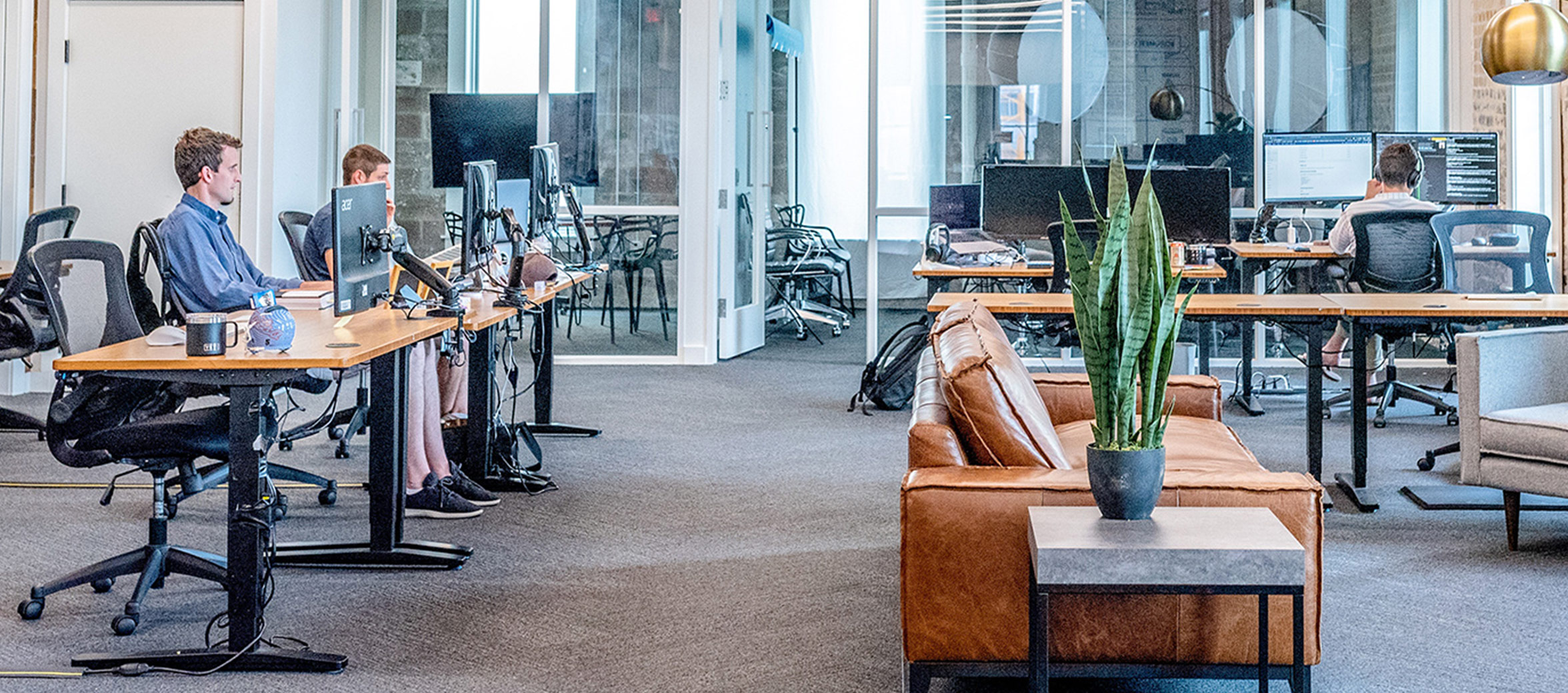When it comes to managing fit out costs, having a budget and sticking to it is essential. But with the range of components involved in any project, staying within budget can be difficult. This article will explore tips for keeping your fit out project on track financially while still achieving desired results.
We’ll look at topics such as cost-saving strategies, understanding the scope of work required and how to navigate vendor relationships effectively. Through these ideas and more, you can learn how to manage without costs without compromising quality or design intent.
Analyze Your Fitout Budget
Proper budgeting and analysis of a fit-out project are key to keeping costs in check. To ensure your fit-out doesn’t break the bank, you’ll need to conduct a thorough review of projected expenses before getting started. Take into account building materials, labor costs, furniture, appliances, and any other items required for the job, including the average fitout cost in your area.
Once you have an understanding of expected expenses, you can work out how much money needs to be allocated from your budget. Consider consulting with industry professionals or shopping around for cost-effective solutions to help manage spending without compromising on quality. Keep track of all receipts and invoices throughout the process so that everything is accounted for when it comes time to settle up at the end of the project. Knowing what you’re working with beforehand will go a long way towards helping keep your fit out within budget.
Prioritize Cost-Saving Measures

When it comes to managing fit-out costs, prioritizing cost-saving measures can be essential for keeping your project within budget. Start by identifying the areas where you could potentially save money and evaluate each area in terms of how much it will actually impact the overall budget. Are there any non-essential items that can be removed from the list?
What about cutting back on existing features or materials? It’s important to weigh up whether these changes will still provide a satisfactory result without overspending. Consider if there are alternative suppliers who offer cheaper services or products with comparable quality standards, as well as ways to reduce labor costs such as streamlining processes or reducing manual labor time.
Finally, think about ways to utilize already available assets rather than purchasing new ones – this could include reusing furniture and fittings instead of buying new ones, or opting for second-hand items rather than brand-new replacements. By taking all of these factors into account and optimizing wherever possible, you should have no trouble staying within budget while creating a great fit-out outcome!
Seek Professional Help and Advice
When it comes to managing fit-out costs and keeping a project within budget, seeking professional advice and help is essential. Hiring an experienced interior designer or architect can provide expert insight into how best to make use of space while staying on budget. Finding the right experts for your project can also ensure any ideas are implemented efficiently with minimal disruption during building works.
Consulting with professionals who have experience in similar projects helps you understand what’s achievable within certain financial constraints and accurately plan ahead for future expenses. Additionally, having the support of a qualified team means that any changes down the line can be managed easily without compromising quality or breaching regulations. Ultimately, taking advantage of professional help and advice when designing a fit-out allows you to create something that meets all your needs without breaking the bank!
Reuse Existing Fixtures Where Possible

Reusing existing fixtures in fit-out projects is a great way to save money and stay within budget. This strategy works especially well for businesses that have previously done renovations or remodels, as items such as lighting, cabinetry, flooring, and other elements can often be reused in the new space. When considering which pieces to reuse for your fit out project, assess them one by one.
Do they still meet safety regulations? Can any features be upgraded or modified cost-effectively? If so, it may be more efficient to invest in those updates rather than replacing the item entirely with something new. It’s also important to consider the aesthetics of each fixture—does it match your desired design style? If not, you may want to replace it anyway even if it means going over budget a bit.
Overall, reusing existing fixtures where possible can help keep costs down while achieving the desired look and feel of your space. Doing so allows you to focus on investing more funds into areas that need an upgrade but can’t necessarily be salvaged from previous renovations—like HVAC systems or plumbing infrastructure—without sacrificing too much quality elsewhere.
Choose Suppliers Carefully
Choosing the right suppliers for your fit out project is essential to staying within budget. It pays to take time researching potential businesses and getting quotes from multiple companies. Use online resources such as reviews and customer feedback, but also consider talking with colleagues who have had similar projects in the past. Make sure you check credentials, certifications, track record, and experience before committing to a supplier or service provider.
Also, ask about their ability to provide what’s needed on time and within budget: do they offer cost-saving alternatives that could benefit your project? Don’t be afraid to negotiate – there may well be room for discounts if you commit to larger orders of materials or longer contracts with service providers. And finally, make sure you understand all the terms of any agreement before signing anything – it pays not only in financial terms but also when it comes to avoiding future headaches!
